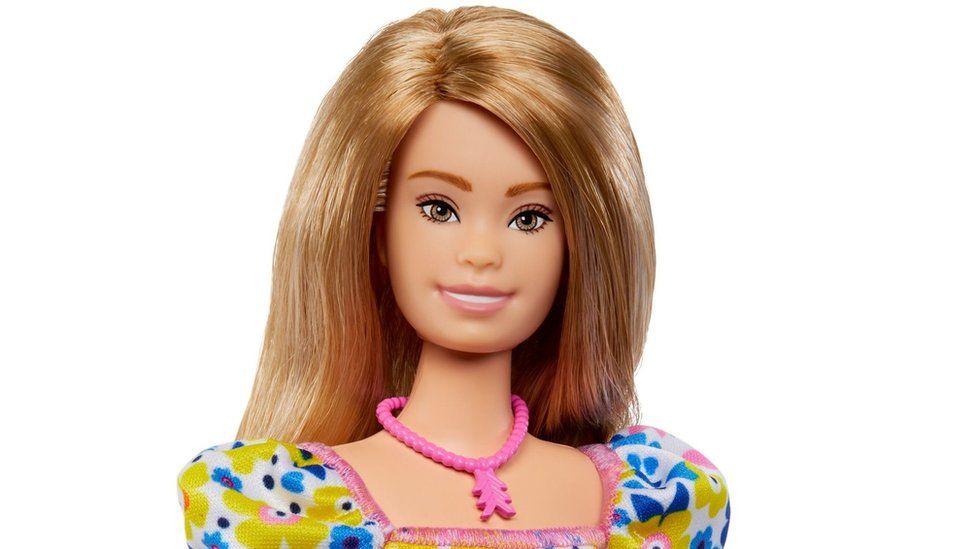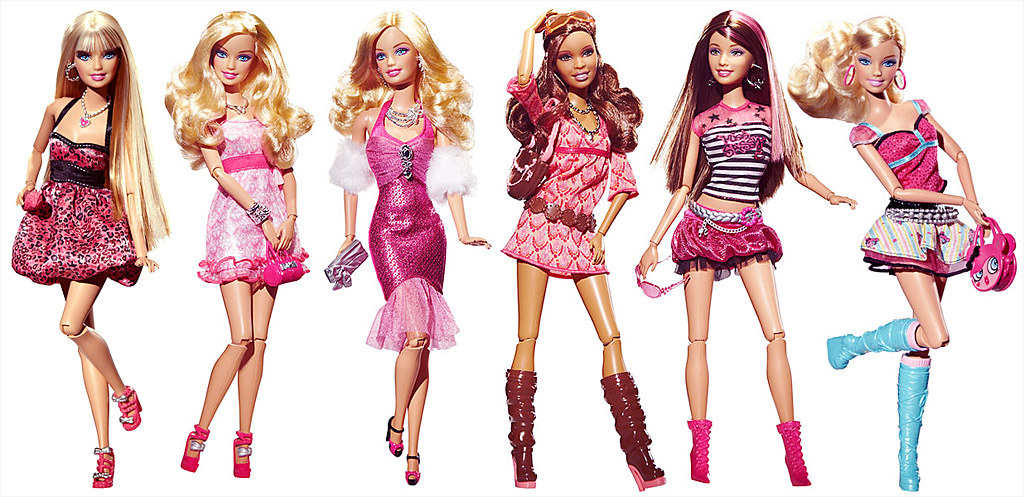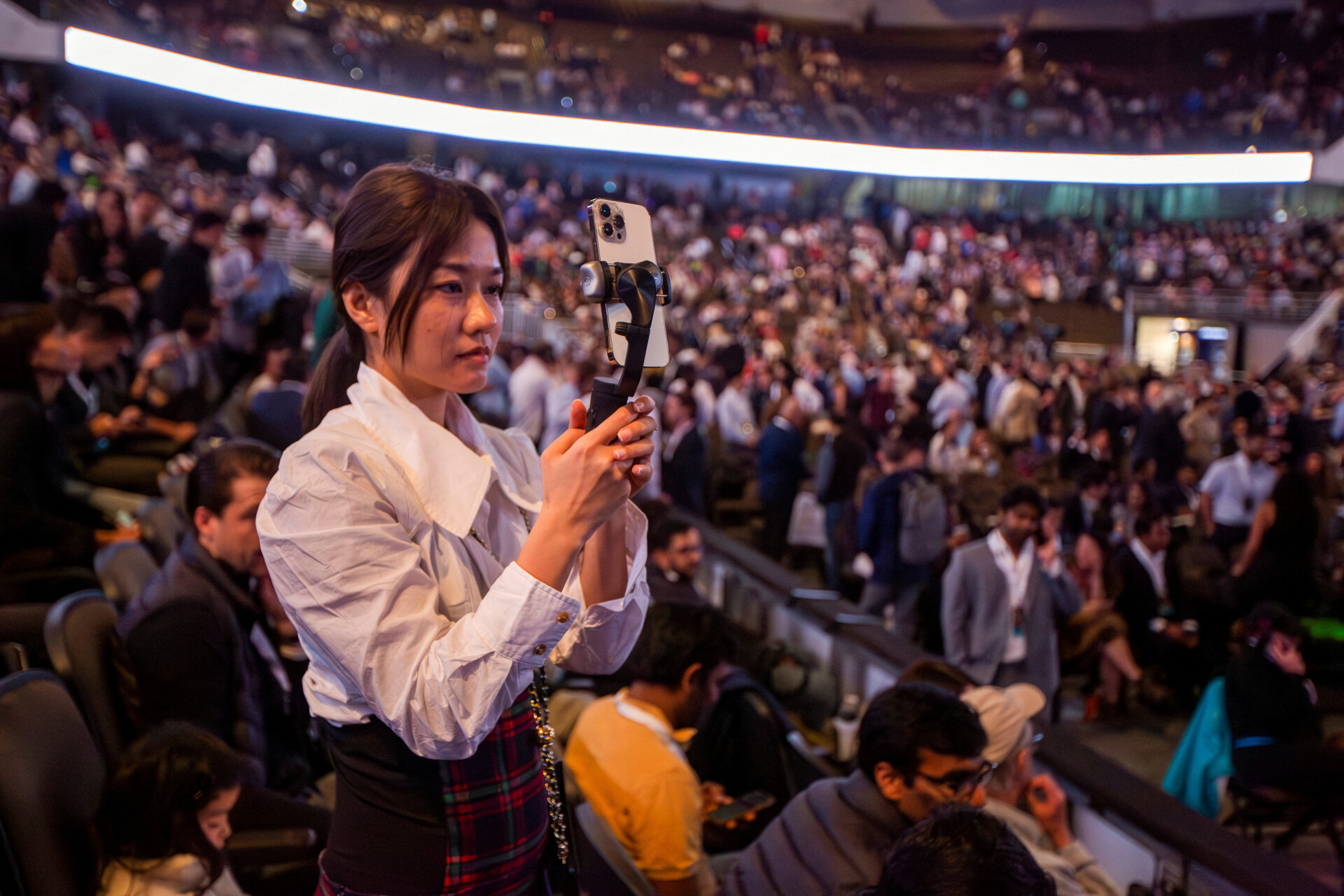 US toy manufacturer, Mattel, recently released a Down Syndrome Barbie doll in response to ‘real women’ criticism. Credit: Mattel / Jason Tidwell
US toy manufacturer, Mattel, recently released a Down Syndrome Barbie doll in response to ‘real women’ criticism. Credit: Mattel / Jason TidwellThe US toy manufacturer, Mattel, released a Down Syndrome Barbie. The renowned toy company has been under fire in the past for Barbie’s unrealistic portrayal of women.
To combat this criticism, Mattel has taken the initiative to create dolls that represent a diverse range of women. These dolls include those with a hearing aid, prosthetic limb, wheelchair, and now, one with Down syndrome.
The original Barbie doll, launched in 1959, had a thin waist, long legs, and flowing blonde hair.
Barbie unveils the first-ever doll with Down syndrome‼️😲 pic.twitter.com/7uXVU7Eh9Q
— Pubity (@pubity) April 25, 2023
However, the chance of finding a woman with Barbie’s body shape is only one in 100,000, according to research by academics from the University of South Australia.
Campaigners have long called for Barbie to represent a more realistic body image, while some individuals with disabilities felt that the dolls were not relatable to them.
In response to this criticism, Mattel released Curvy Barbie, Tall Barbie, Petite Barbie, and a wide range of skin tones reflecting many different ethnicities in 2016.
 Barbie Dolls. Credit: Dolls ‘n Stuff / Flickr CC BY 2.0
Barbie Dolls. Credit: Dolls ‘n Stuff / Flickr CC BY 2.0Physical appearance of ‘Down Syndrome Barbie’
The doll’s features include a shorter frame, longer torso, rounder face, smaller ears, flat nasal bridge, and almond-shaped eyes, which are all typical features of women with Down syndrome.
The new doll also comes with a special outfit that includes a yellow and blue puff-sleeved dress, colors that are related to Down’s syndrome awareness.
The doll’s pink pendant necklace features three upward chevrons, representing the three copies of the 21st chromosome that cause the characteristics of Down’s syndrome.
Additionally, the doll wears pink ankle foot orthotics, which match its outfit. This is significant because some children with Down’s syndrome require orthotics to support their feet and ankles.
Barbie unveils the first-ever doll with down syndrome. pic.twitter.com/ugmYx2sDh1
— Pop Base (@PopBase) April 25, 2023
Mattel worked closely with NDSS
Lisa McKnight, the global head of Barbie & Dolls at Mattel, expressed her hope that the new doll would aid in teaching understanding, building empathy, and promoting a more accepting world.
The company worked closely with the US National Down Syndrome Society (NDSS) to ensure that the latest doll correctly represented a person with Down syndrome.
Kandi Pickard, the president, and CEO of NDSS, expressed her delight in working on this project. She stated that having a Barbie doll that looks like them means a lot to the community, as it provides representation and inclusion.
Additionally, Pickard emphasized the importance of representation and how it is a significant step forward toward building a more accepting world.
Moreover, this moment is one that the community is celebrating, and they should not underestimate its power, Pickard further explained.

 1 year ago
101
1 year ago
101











 English (US)
English (US)